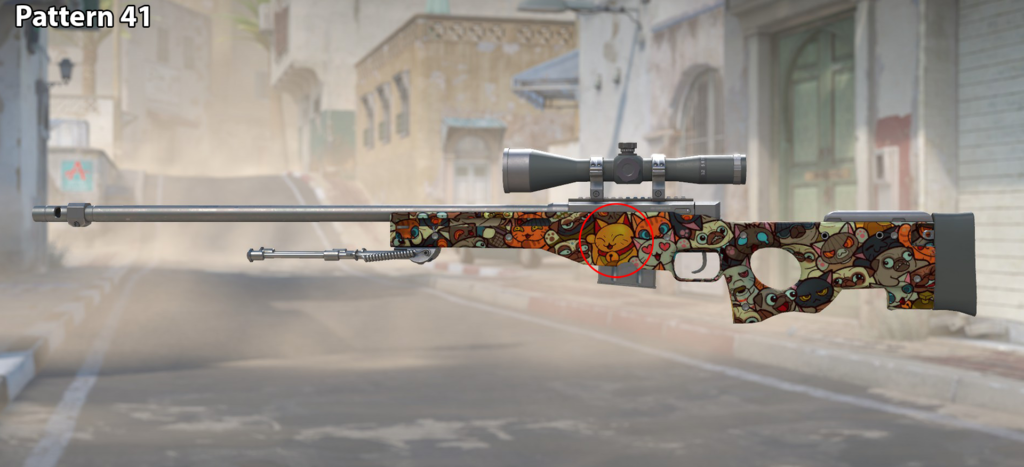One of the ways to get a skin in CS2 is to buy it on the Steam market. You can also exchange skins you already have for others through an in-game exchange contract. In this guide, we will go through the whole process of trading skins in CS2.
Trading skins in CS2 means the exchange, purchase, or sale of in-game items. Trading takes place on Steam, and thanks to the exchange, skins from one inventory are transferred to another. Even if you sell through third-party platforms, they use the Steam interface.
But be careful when trading skins to avoid becoming a victim of fraud. Always check the value of the skins you're trading and use reliable platforms. It is also important to protect your Steam account.
To trade successfully, you need to understand the factors that affect the price of skins. The price of a skin is affected by its floating value, rarity, stickers, patterns, and the presence of StatTrak. All of these aspects greatly affect the cost of a skin. It is also better to have a separate Steam account, which should be as secure as possible and not be used on third-party devices.
In order to avoid losing money on skin trading, it is extremely important to first understand the mechanism of calculating the cost of skins. This will help you get the right price for your skins and avoid falling for suspiciously favorable offers.
The rarity of a skin in CS2 has a big impact on its price. Regular skins that drop all the time will, of course, be less valuable than those that drop once every few months.
Turning to the Steam market is usually not an ideal solution for determining the price, as many aspects are taken into account when determining the value, such as float, stickers and their rarity, patterns, etc.
Many skins have different options for applying an image, and each of them is assigned a separate number, which is its pattern. Depending on the pattern, the price of a skin can be higher or lower.
Each skin in the game has a pattern number from 1 to 999, which determines which part of the skin image will be used. This value is assigned to the skin at the moment of its “creation”.


Skins in CS2 also have their own float, which reflects their level of wear and tear. Float has a value from 0.0 to 1.0, where the lowest value is for a skin in perfect condition, and the highest is for a “Battle Scarred” skin.
At the same time, the skin may be in “after field” condition with a quality close to 0.15, which will allow you to buy a “slightly worn” skin for a lower cost. Therefore, before buying a skin, you should definitely check its float.

All skins in CS2 have their own rarity, which directly affects their price. In CS2, skins are categorized into rarity groups that are sold by a specific color:

When you open the case, you have a 10% chance that the weapon will have StatTrak, which is an additional module that calculates your kills with this weapon. Weapons with StatTrak do not give you any advantage over weapons without StatTrak. However, they are much rarer than regular skins, so they almost always cost more.

Another thing that affects the price of a CS2 skin is the availability of stickers. Like skins, stickers are also rare and can cost more than some skins. In addition, the location of the sticker also determines its cost.

Some skins are part of collections that are only dropped during certain game operations or events dedicated to the majors. These skins have never been part of a case, so they are much rarer and therefore much more expensive.
AWP Dragon Lore is probably the most famous example of this. It is a part of the Cobblestone Collection that was only available during certain in-game events. Even when it dropped, players had to be lucky to get Dragon Lore. Since it is a Hidden skin, the probability of it randomly dropping as a reward for an operation was very low.

In CS2, a player can combine 10 skins and Trade Up them for one another. This is called a swap contract, and you will receive a skin that is one rarity level higher than the ones you traded.
The collection that the new skin will belong to depends on which skins you used to exchange. This should be taken into account, as you may not get the skin you want. You cannot exchange for knives or gloves in CS2.
The advantage of an Trade Up contract is that players can get skins that no longer drop or have become very rare. However, in order to craft these skins, you'll need a bunch of weapons from the same collection as the one you want to trade for. Exchanging for something like AWP Dragon Lore is extremely risky and involves a lot of financial losses.
To use Trade Up contracts, you need ten skins of the same type and rarity. However, not all skins are suitable for this process. Grade skins, knives, contraband, and souvenirs cannot be used in contracts. Also, you cannot combine StatTrak and non-StatTrak skins in the same contract.

AK-47 | Phantom Disruptor
AWP | PAW
M4A4 | Evil Daimyo
P250 | Supernova
We hope that after reading this article, you have learned more about trading skins in CS2 and will be able to avoid scams. We wish you success in the game.